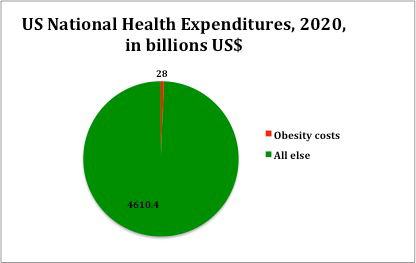Things You May Not Know About Government and Obesity
Mayor Bloomberg wants to ban large sodas. The Institute of Medicine wants to tax unhealthy folks. As John Goodman showed in a previous post, it’s hard to justify any of this. Here are some additional considerations.
Population obesity seems to have plateaued. The National Health and Nutrition Examination Survey (NHANES) shows no trend in US child and adolescent BMI since 1999. US men and women have had constant obesity rates and mean BMI since 2003. NHANES BMI measurements date suggest that the growth in U.S. overweight occurred between 1976-80 and 1988-94.
In 1997, the government made 35.4 million adults overweight overnight. It redefined overweight as a BMI greater than or equal to 25 regardless of age. Before that, overweight was BMI ≥ 27 for those 35 or older. Kathleen Flegal of the National Center for Health Statistics estimates that the change increased the fraction of overweight adults from roughly a third of the population to over half of it.


